As riders of the train, every day we share our commute with advertisements – there are ads on the platforms, and ads in the train cars themselves. Some of the ads are interesting and well designed, and others may be lacking in that department. Over the summer I recall seeing one specific ad for Columbia County tourism. It had a picture of a young boy looking through a paper towel tube, and it urged you to visit Columbia county. No offense to the designer, but I don’t exactly know how that would lure me to visiting you – my (hypothetical) kid can look through paper towel tubes all he wants at home, thank you very much.
Columbia County is a nice rural portion of New York, and a delightful change of pace from the city life – and there is more to do than look through paper towel tubes. The Harlem Line, and several other rail lines once ran through here, but that has disappeared. Copake Lake and the Taconic State Park are both interesting nature related venues, and the county has a rich history worth exploring. The home of the eighth president of the United States, Martin Van Buren, is located in Columbia county, and is open to visitors. Though probably less known than the former president, Pulitzer-prize-winning poet Edna St. Vincent Millay also made her home in Columbia county, and portions of it are open to the public. Last weekend, on the way home from Vermont, I made a stop at her former home, which is called Steepletop.

Edna St. Vincent Millay
Edna St. Vincent Millay was born in 1892 in Rockland, Maine. From a young age she was exposed to classic literature by her mother, and began to write on her own. By the time she had entered Vassar College at 21, she had already won several awards for her poetry. After graduation from Vassar, Millay moved to New York City and lived in Greenwich Village. Her book of poetry titled Second April was published in 1921, and includes one of my favorite poems of hers:
The railroad track is miles away,
And the day is loud with voices speaking,
Yet there isn’t a train goes by all day
But I hear its whistle shrieking.All night there isn’t a train goes by,
Though the night is still for sleep and dreaming,
But I see its cinders red on the sky,
And hear its engine steaming.My heart is warm with friends I make,
And better friends I’ll not be knowing;
Yet there isn’t a train I wouldn’t take,
No matter where it’s going.
As much as I’d love to say that Millay wrote this poem about the Harlem Division, it was only in 1925, and after Second April was published, that she and her husband moved to Austerlitz, NY. Her home was not far from the Harlem Division’s Hillsdale Station, and she did actually ride the trains from there: a famous Harlem Division rider. Millay spent the later years of her life in Austerlitz until her death in 1950. She, along with her mother, husband, sister, and brother-in-law are buried on the property. Although the home is occasionally open for tours (and is designated a National Historic Landmark), the poetry trail which leads to her grave, is always open to the public, and where all photos below are from.


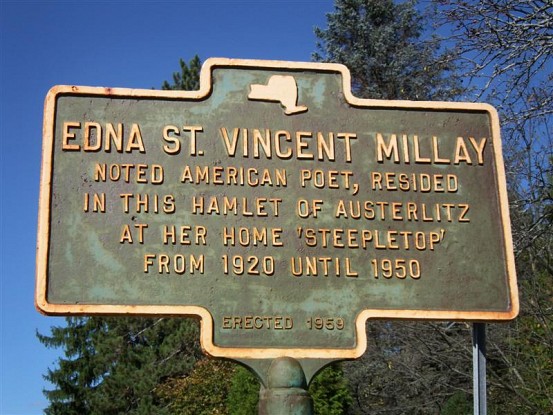
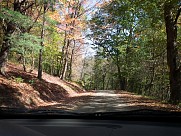
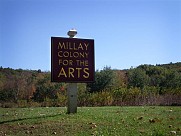
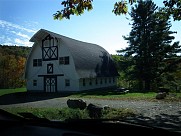
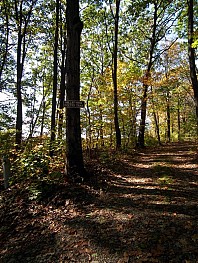

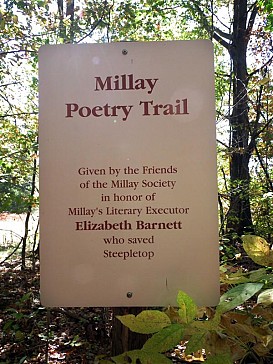
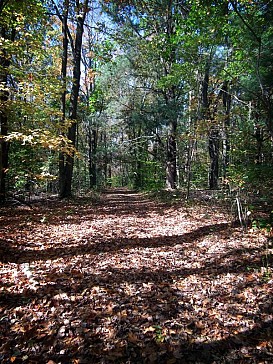
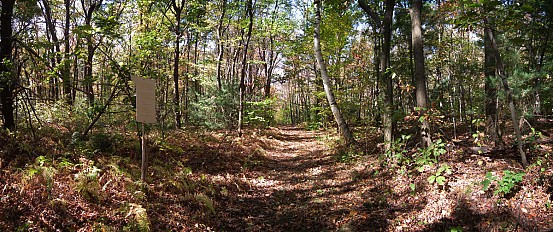
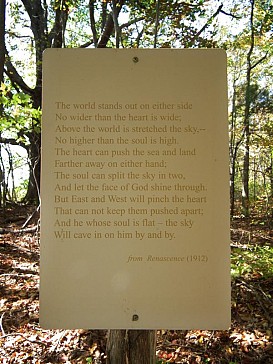
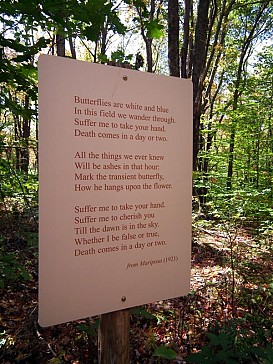
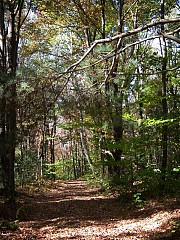
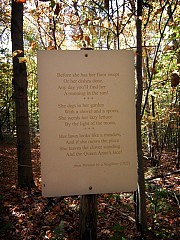
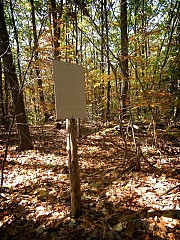
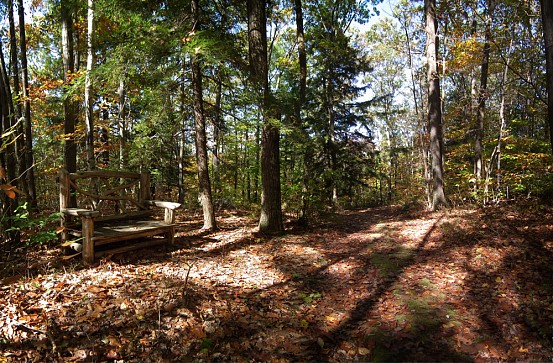
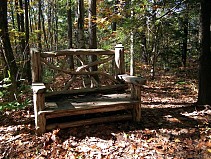
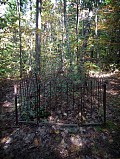
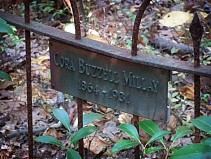
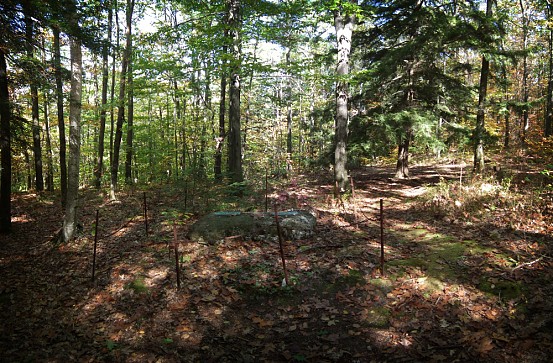
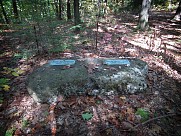
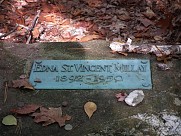
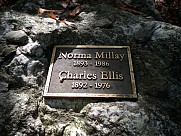
A very nice poem. And for those who might be confused, the poet is not saying that the trains no longer run, but rather that each time one passes, she’s keenly aware of it, no matter what else is happening.
So the lines, “Yet there isn’t a train goes by all day/But I hear its whistle shrieking”, means, “There isn’t a time that a train goes by that I don’t hear its whistle”.
And if she wasn’t writing about the Harlem Line, she may well have been recalling the trains along the Hudson while she was a student at Vassar College in Poughkeepsie (where the posted photo of her was taken in 1914).
http://vcencyclopedia.vassar.edu/alumni/edna-st-vincent-millay.html